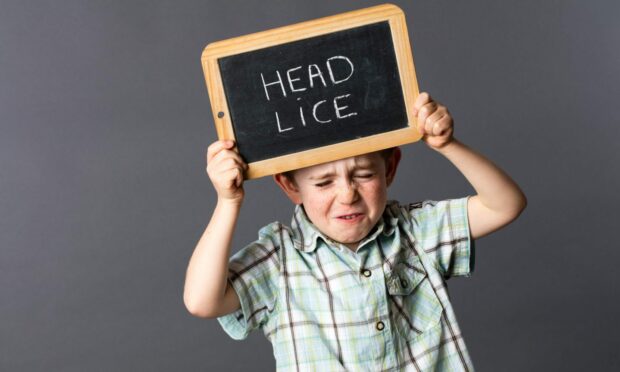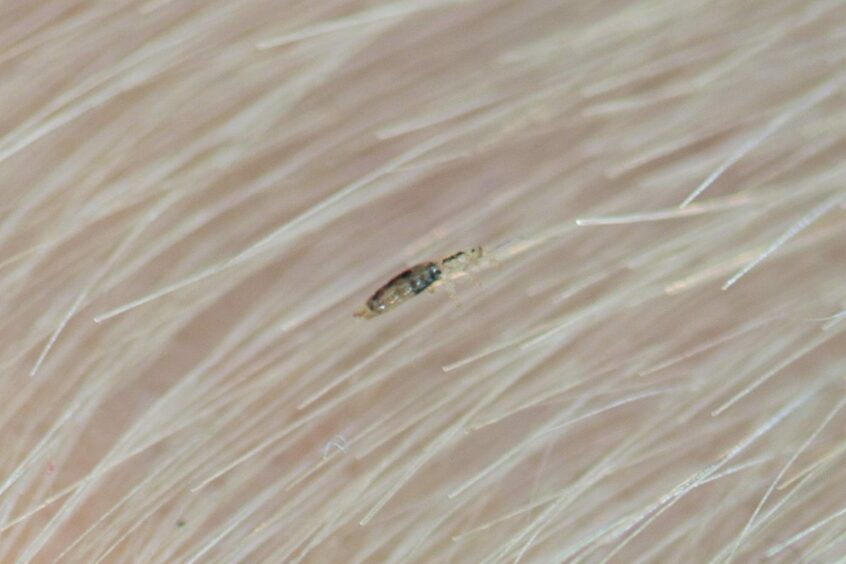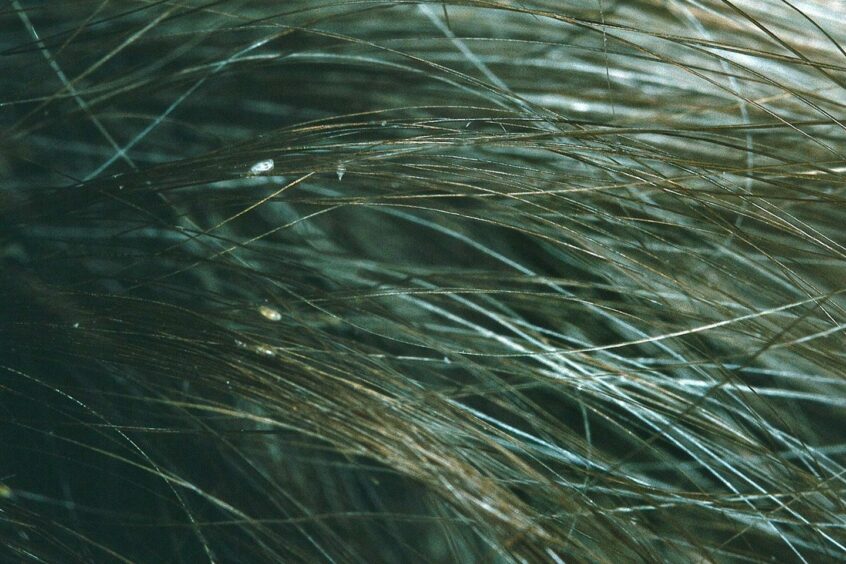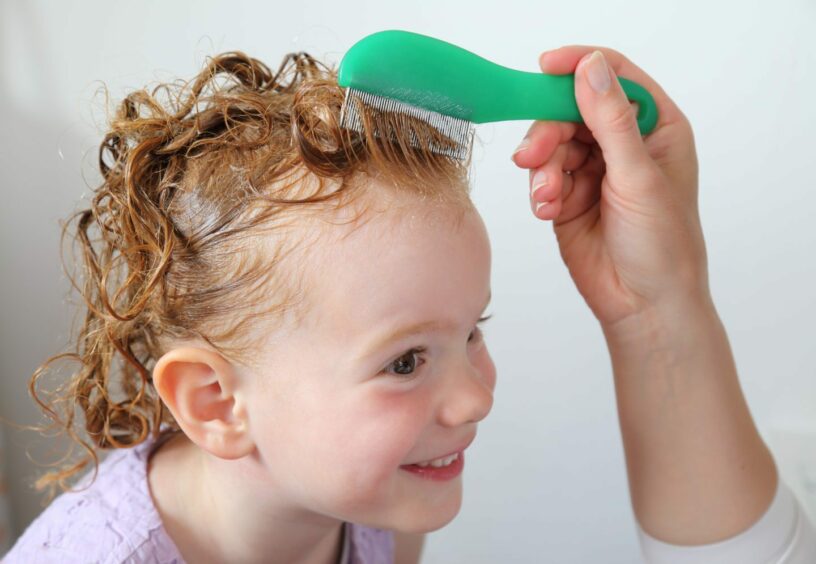Head lice – the scourge of parents since time immemorial.
And anecdotal evidence suggests that they are currently rampant among primary school-aged children in the north-east.
I first started hearing parents talking about lice in their homes around February. Despite having been a parent for over a decade, head lice hadn’t ever been an issue in our house.
We have our problems like any other family, but as far as I was concerned, lice was always other people’s problem.
Wrong. Around Easter, I inspected my eight-year-old after she’d been complaining of an itchy head for a few days.
Sure enough, I started seeing things. The first could have been a crumb of food, the second a grain of sand or soil. But after seeing the third one, I knew we had lice in the family.
I went to the local pharmacy and bought some over-the-counter medication.
Problem solved, I thought. Wrong again.
10 days later, the itching – and lice – returns
About 10 days later, the itching – and the lice – returned. Only this time they’d also hopped over to my 11-year-old and one-year-old. And Mum and Dad. And Granny and Grandad.
So began several weeks of battle.
After the third round of treatments, we decided that if we just treated everyone in the house at exactly the same time, that would do the trick.
Wrong, wrong, and wrong again.
I chatted with other parents at my kids’ school who had similar tales to tell. Most of them said they thought the over-the-counter medications were useless, and that lice had become resistant to them.
Are head lice becoming resistant to over-the-counter medication?
To find out more, I spoke to Sir Hugh Pennington, emeritus professor of bacteriology at Aberdeen University.
“As with anything which you’re using a chemical to try and kill, it’s always a possibility that they’re becoming resistant. Mosquitos became resistant to DDT, for example.
“It’s quite a difficult thing to test, but it’s perfectly possible they’re becoming resistant to over-the-counter medications.
“These over-the-counter medications are not likely to be very powerful. To be sold over the counter they need to be safe, and not irritate the scalp or anything like that.
“One thing lice are not resistant to is their physical removal, so fine-combing is an obvious solution. That’s more effective than using medication.
“For as long as eggs are in a child’s hair, the lice are being constantly renewed.
“But fine-combing isn’t always easy. It’s time-consuming for parents and unpleasant for kids.
“You can always go to a GP if over-the-counter medication doesn’t work, but at the moment you’ll be waiting a long time.”
‘Lice more of a social than health problem’
He added: “Head lice spread when children get together. As long as children are playing with each other, touching each other, lice will come back.
“It’s worse for girls, who tend to have longer hair.”
More than anything else, of all the ailments which crop up during childhood, lice aren’t serious.
“The good thing to remember is that lice don’t spread anything – they’re not vectors of infectious disease,” said Sir Hugh.
“Lice are more of a social problem than a health problem.
“My message would be not to worry about it. They’re not going to do kids any harm, and will eventually go away of their own accord. Kids do grow out of them.
“But with hair washing and fine-combing, they do disappear. They have a life cycle – they don’t persist forever.”
It’s been three weeks since I saw any of the kids itching. After five rounds of treatment, I can only hope Sir Hugh is right.
More Schools & Family news
I banned my kids from screens for a week: What happened next?
Teacher shortage blamed for swimming lessons cancellation
‘I had the best job’: Highland teacher retires after 48 years without a single sick day





Conversation